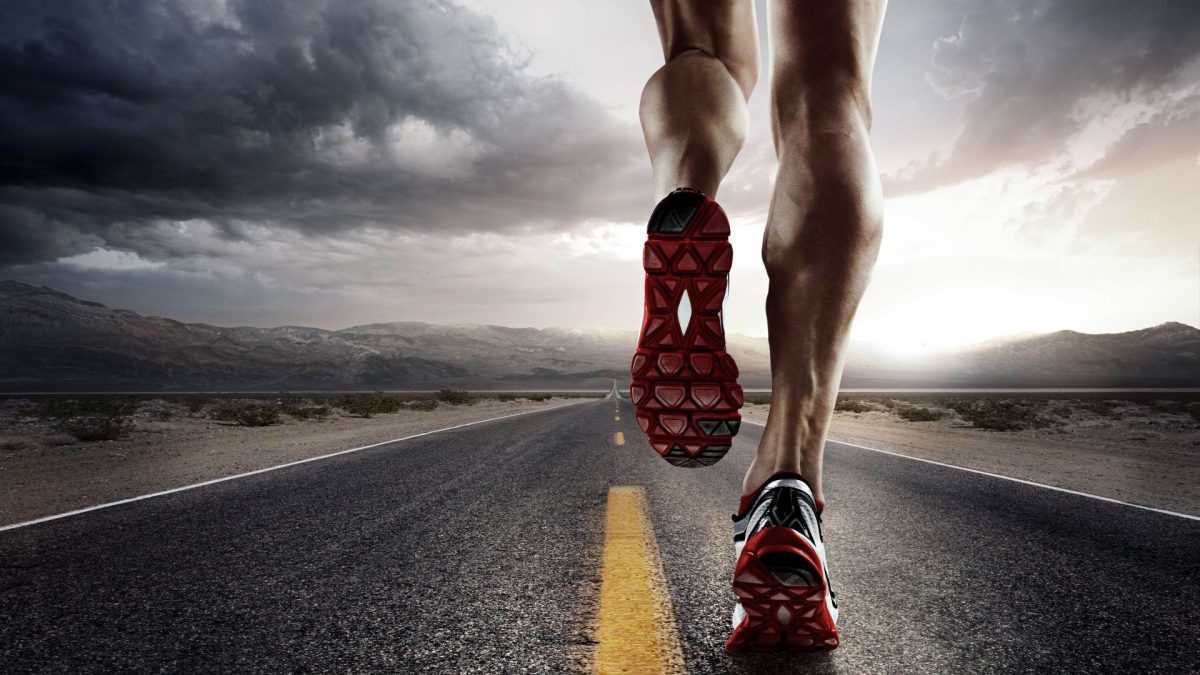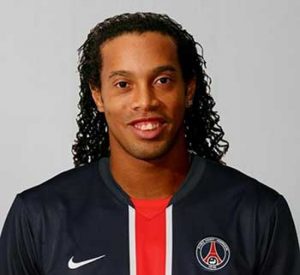
Endurance Sports: Danger to Teeth
As surprising as the title of this article may sound, endurance sports have an effect on our dental health.
Why is endurance a threat to your teeth?
When you exercise, you pass a large amount of air through your lungs, and therefore, most of the time your mouth is open.
This large opening of the mouth causes drying of the mucous membranes, which is beneficial for bacteria, in particular bacteria called cariogens (responsible for tooth decay).
Therefore, in the context of sports, we have an ideal situation for the reproduction of bacteria:
- mucous membranes dry
- supplies sweet (energy bars, drinks, etc.)
What should be done?
Ideally, teeth should be brushed after each refueling, which is not possible.
Therefore, an alternative is to rinse your mouth with clean water and gargle.
Who is affected by this phenomenon?
It is obvious that sports that require breathing and running: football, racing, etc.
This phenomenon, less known to the general public, is still known in high performance sports (by sports doctors), as the clause is even stipulated in the contracts of young footballers at training centers such as PSG.
This clause obliges them to visit the dentist at least once a year.
Why is there so much focus on dental problems?
Several explanations are possible:
1- Fear of the persistence of these infectious foci:
An abscess in the mouth can be an ideal nest for bacteria.
This infection can then spread and affect tendons, joints, muscles, … which can be problematic for an athlete.
2- Posturology:
Sports doctors support what is called posturology in medicine (imagine the body as an articulated moving part with subtle interactions between different stages).
Take the example of a person who has a toothache and is not going to chew on only one side, or it will close their mouth in a different way, perhaps it will be unusual to tilt the head, it can be transmitted by straining the muscles of the neck and then creating a shift in the shoulder , deviation of the green column bruise, etc.
Therefore, in posturology, it is quite common to explain the problem of the foot by the problem of dental occlusion.
Ronaldinho’s example:

Ronaldinho is a good example because he is a very smiling player.
When he played PSG, he had a distinctly messy dentition.
In 2013, he decided to install a model smile on him.
This perfectly illustrates what we can achieve in dentistry, we can hide defects, whiten teeth and, of course, heal them.
This smile costs 50,000 euros.
An example of Louis XIV:
If Ronaldinho was able to afford it thanks to his very high salary and the era of advanced technology, then Louis XIV (who was not in PSG), meanwhile, was not placed in the same boat. .
If he was possibly the richest man in the 17th century in the world, when he had a toothache, there was no alternative, we broke a tooth.
We also know that until the age of 50, he was completely toothless.
what’s more, it must have been quite violent because small pieces of the palate were also ripped off by the teeth, causing him to have a connection between his nose and buccal tract.
Rugby: a dangerous sport for the teeth
It is obvious that teeth can be offended in any contact sport.
We remember the France / New Zealand match, during which the second row of New Zealand Ali W Illiams took Sebastian Shabal in his mouth.
Result: a broken jaw!
A little anecdote, at the time he did find something humorous to ask his supporters via social media to send him the best soup recipes (with which he ended up making the book).
Sebastian Chabal’s nickname in Rugby is “anesthesiologist”, just like the CQFD dentist, the circle is closed.
